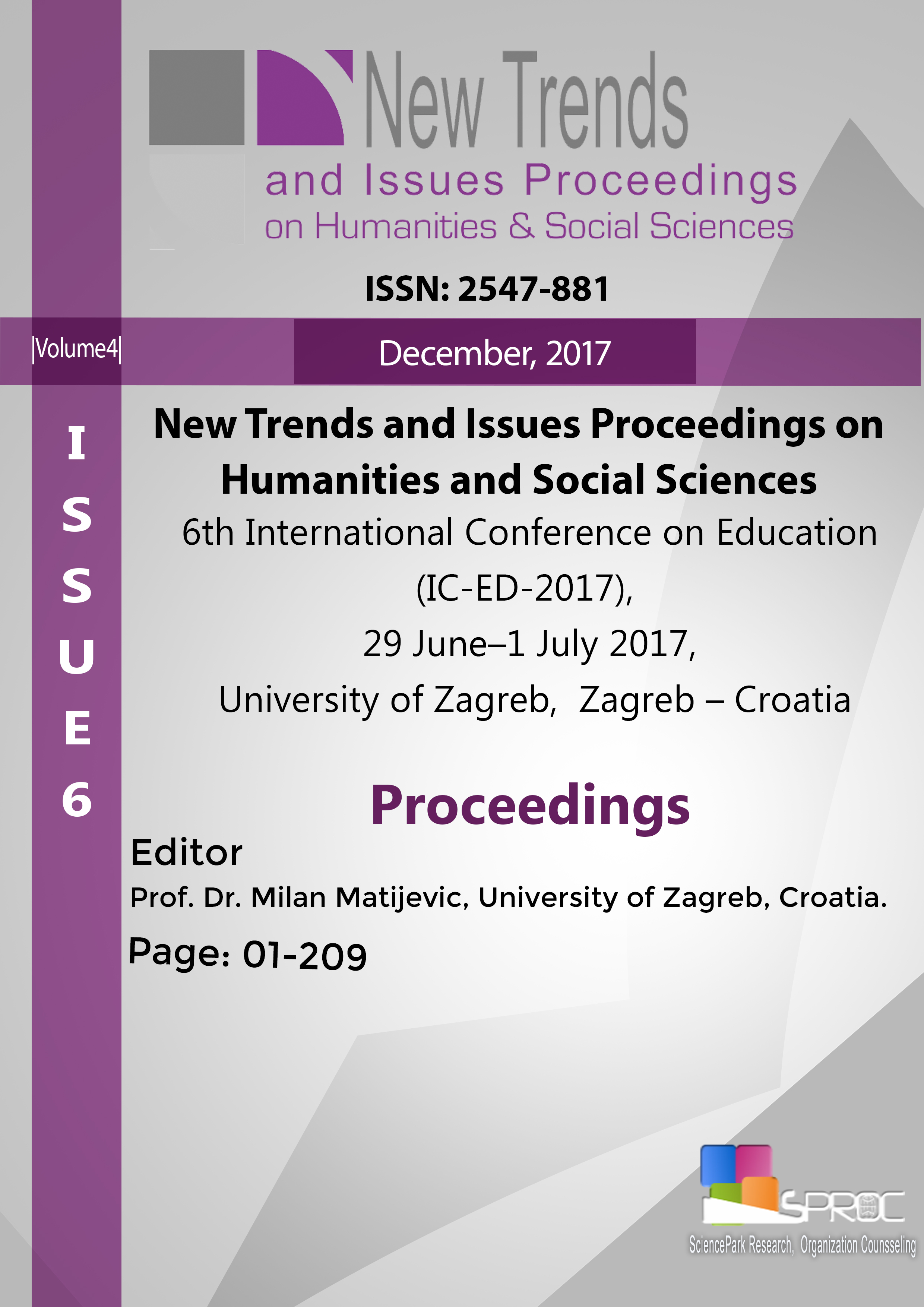Health-related physical fitness and nutritional behaviours in 14–17-year-old Spanish secondary school males
Main Article Content
Abstract
This paper examines adolescent physical fitness and nutritional behaviours. It is a descriptive study of the analysis of healthrelated physical fitness nutritional behaviours based on a food consumption frequency questionnaire. A total of 194 male participants were divided into subsamples 1, 2, 3 and 4. Anthropometric and physical fitness and nutritional variables were measured. Kolmogorov–Smirnov goodness-of-fit, visual and analytical univariate analyses and Pearson’s correlation coefficient were calculated to determine the inter-variable relationships, confirmed by multiple linear regressions. High fitness test scores were found in subsamples 1 and 2, low in subsample 3 and very low in subsample 4; above average protein and fat consumption, below average carbohydrate intake and total Kcal requirements were met in subsamples 1 and 2 only. The study reveals that the physical fitness score and nutritional behaviours are the highest in 14 and 15-year olds, which declines with increasing age.
Keywords: Physical fitness, adolescent, nutrition.
Downloads
Article Details

This work is licensed under a Creative Commons Attribution 4.0 International License.
Authors who publish with this journal agree to the following terms:- Authors retain copyright and grant the journal right of first publication with the work simultaneously licensed under a Creative Commons Attribution License that allows others to share the work with an acknowledgement of the work's authorship and initial publication in this journal.
- Authors are able to enter into separate, additional contractual arrangements for the non-exclusive distribution of the journal's published version of the work (e.g., post it to an institutional repository or publish it in a book), with an acknowledgement of its initial publication in this journal.
- Authors are permitted and encouraged to post their work online (e.g., in institutional repositories or on their website) prior to and during the submission process, as it can lead to productive exchanges, as well as earlier and greater citation of published work (See The Effect of Open Access).
